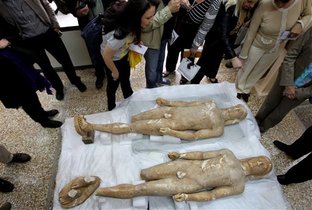 Paris wasn’t the only scene of a major art heist this week: In Greece, two farmers were apprehended and arrested just as they were loading onto a truck a rare pair of twin, newly-discovered 2,500-year-old marble statues they allegedly planned to sell abroad. The two Kouros, found in the Peloponnese region in southern Greece, are reportedly in excellent condition, though parts of the lower legs are missing, and they were apparently gashed at some point by a plow or digging machinery of some sort.
Paris wasn’t the only scene of a major art heist this week: In Greece, two farmers were apprehended and arrested just as they were loading onto a truck a rare pair of twin, newly-discovered 2,500-year-old marble statues they allegedly planned to sell abroad. The two Kouros, found in the Peloponnese region in southern Greece, are reportedly in excellent condition, though parts of the lower legs are missing, and they were apparently gashed at some point by a plow or digging machinery of some sort.
The farmers, according to the Associated Press, had plans to sell the pair for 10 million euros.
They stand 1.82 meters (5 feet 9 inches) and 1.78 meters (5 feet 8 inches) high, and were probably carved by the same sculptor out of thick-grained island marble between 550-520 B.C, at the height of the archaic period of sculpture.
“They are exactly the same, with a slight variation in hairstyle and a small difference in height,” said Nikos Kaltsas, director of the National Archaeological Museum in Athens where the finds were temporarily housed for conservation and study. “The artist may have wanted to produce two similar figures that would form part of a group.”
According to published reports, the two statues were dug up about eight months ago, and were recovered by police in a sting operation near Corinth, close to the area where they were discovered.
The Kouros are now on view at the Archaeological Museum, the two farmers are in jail, and one — possibly the mastermind — is wanted.
Photo Credit: Courtesy AP

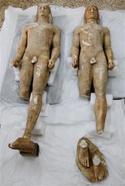
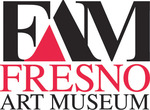
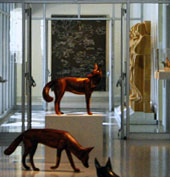 And there’s actually better news than that. The Sacramento Bee recently reported that the museum had hired a
And there’s actually better news than that. The Sacramento Bee recently reported that the museum had hired a 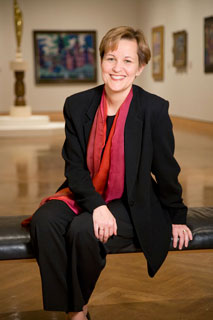 But seriously, it’s not his fault that AAMD rarely lives up to (my) expectations — it has always seemed to me that the group could, with the right governance, exert much more influence on the arts in America. Time and again, when I say this, museum directors roll their eyes at me, alas.
But seriously, it’s not his fault that AAMD rarely lives up to (my) expectations — it has always seemed to me that the group could, with the right governance, exert much more influence on the arts in America. Time and again, when I say this, museum directors roll their eyes at me, alas. 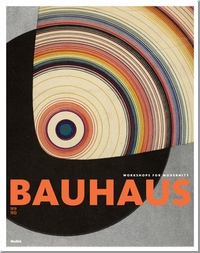 It’s especially gratifying to win recognition from peers, and this week the
It’s especially gratifying to win recognition from peers, and this week the 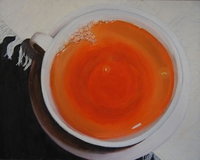

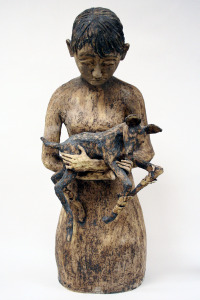 This is a great idea to engage teenagers; I hope it spreads. And there’s a bit more:
This is a great idea to engage teenagers; I hope it spreads. And there’s a bit more: